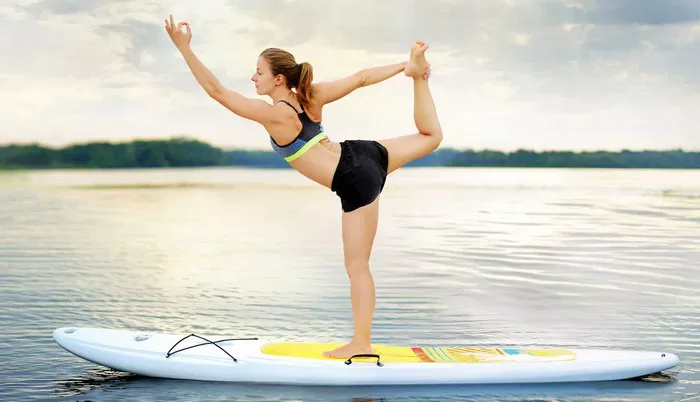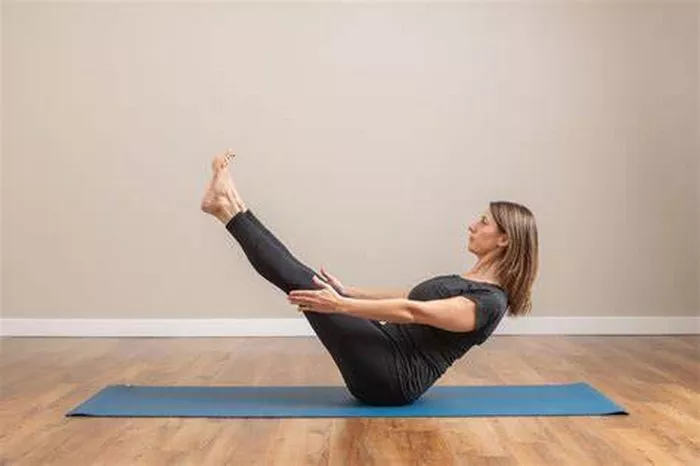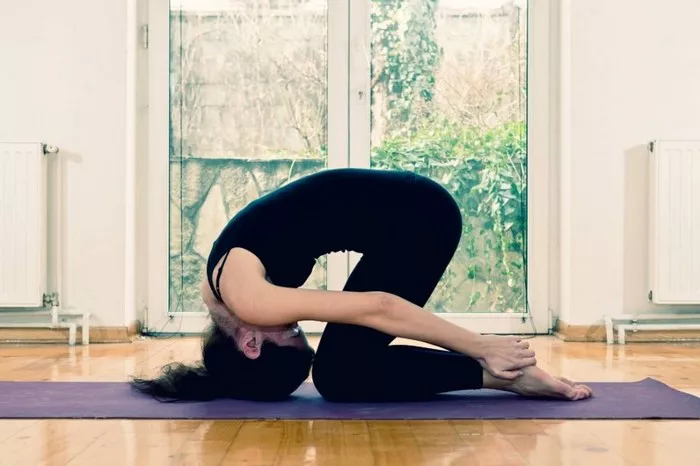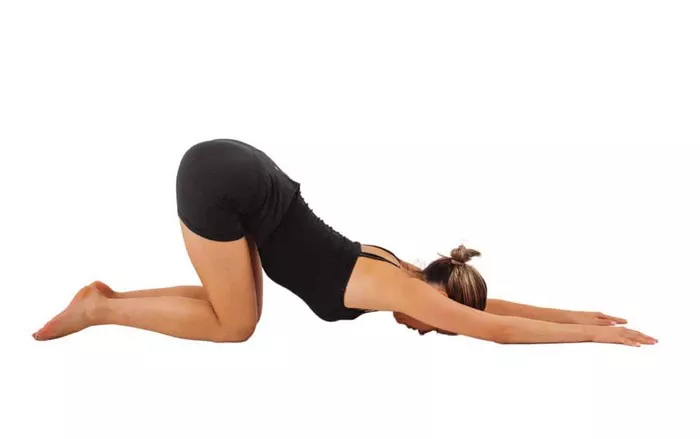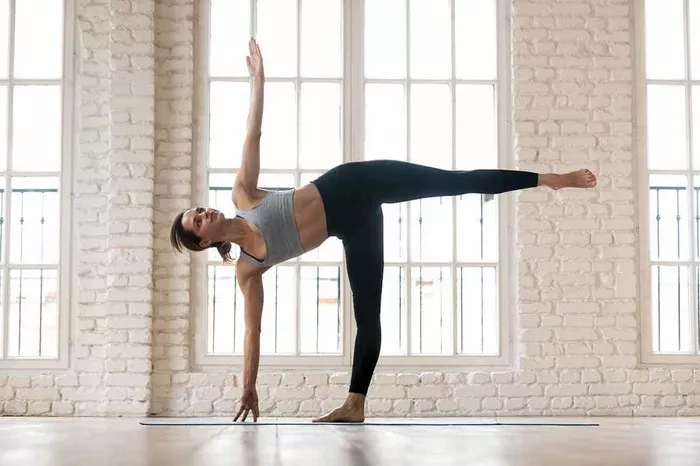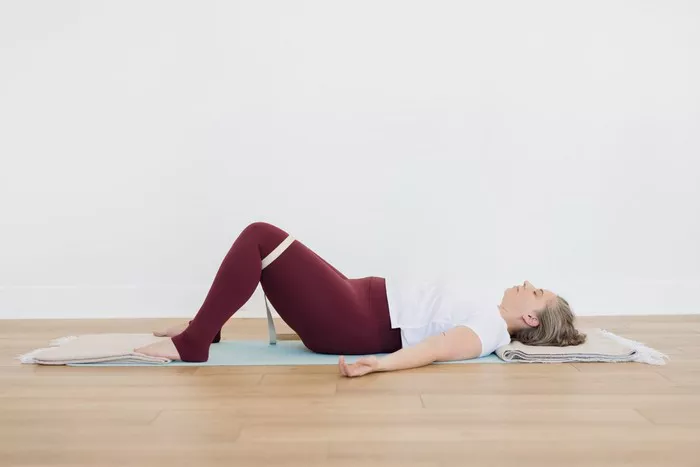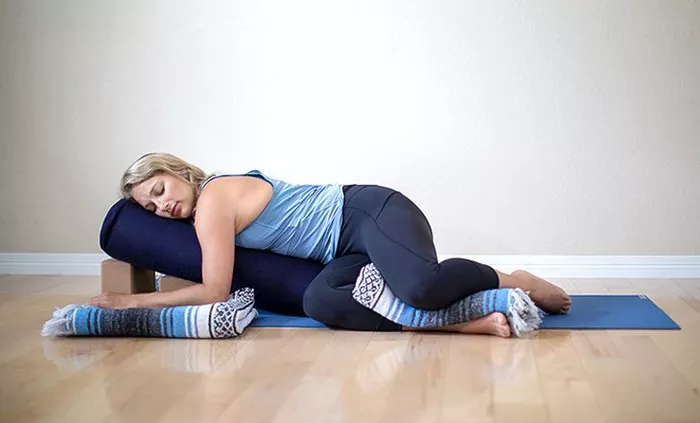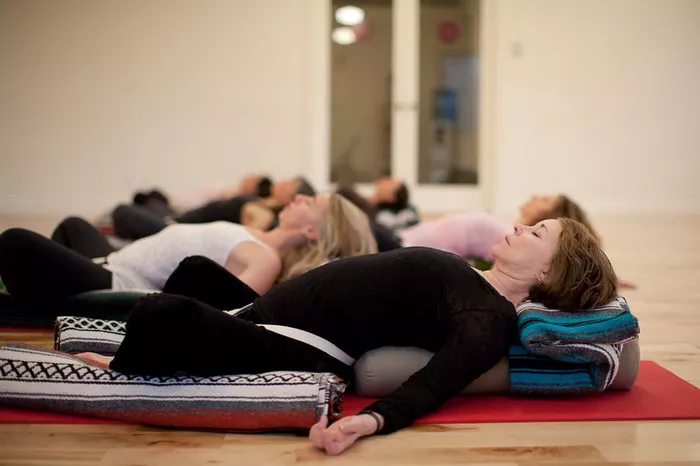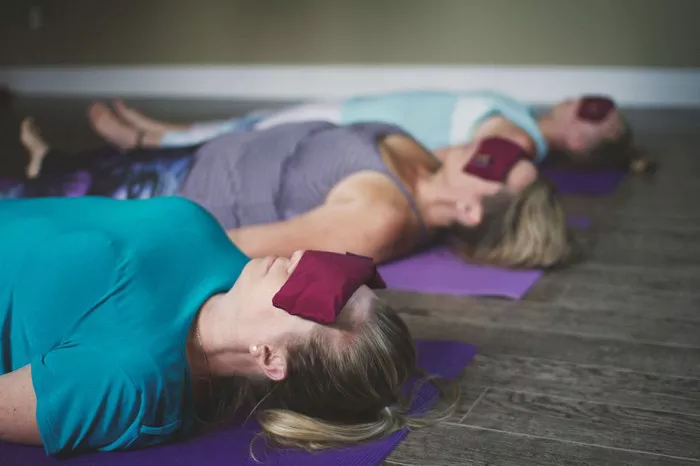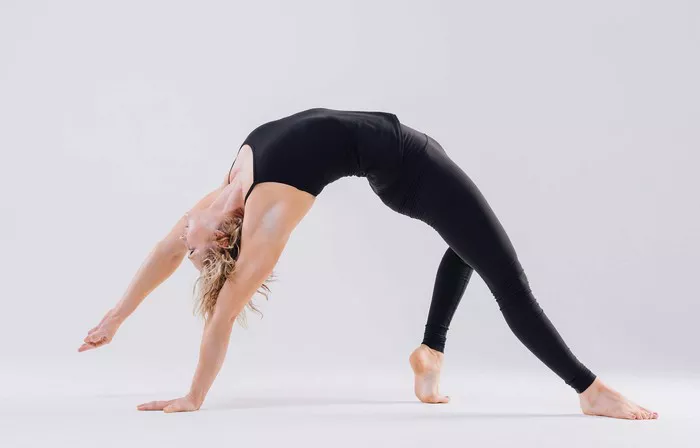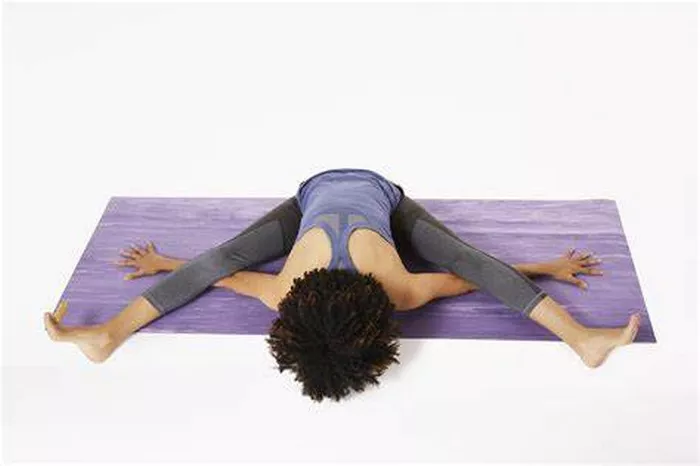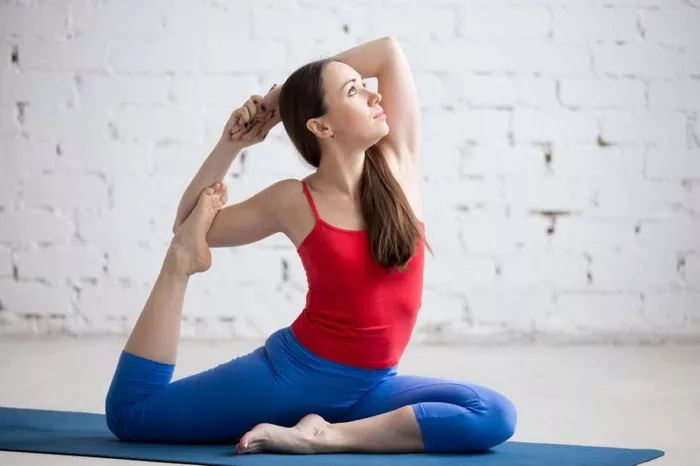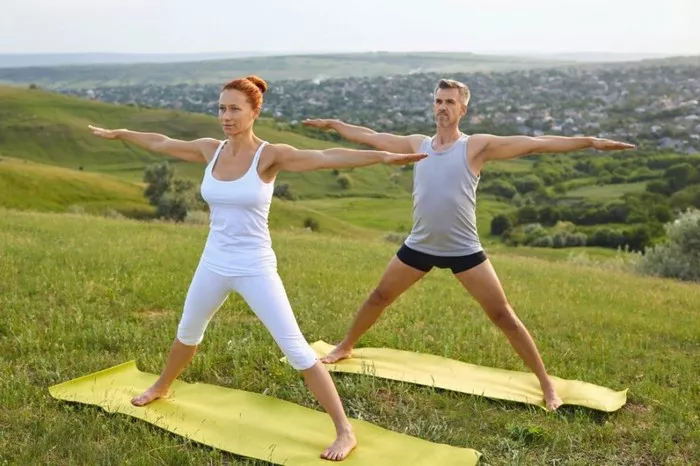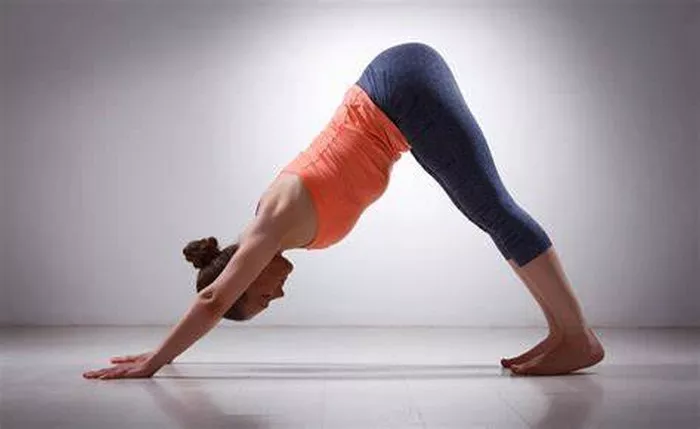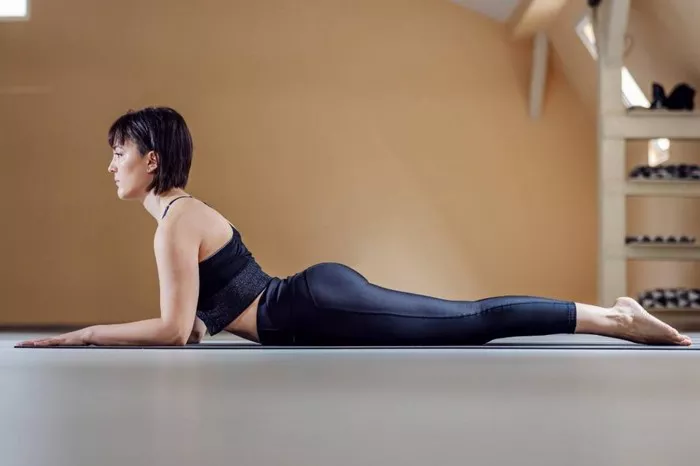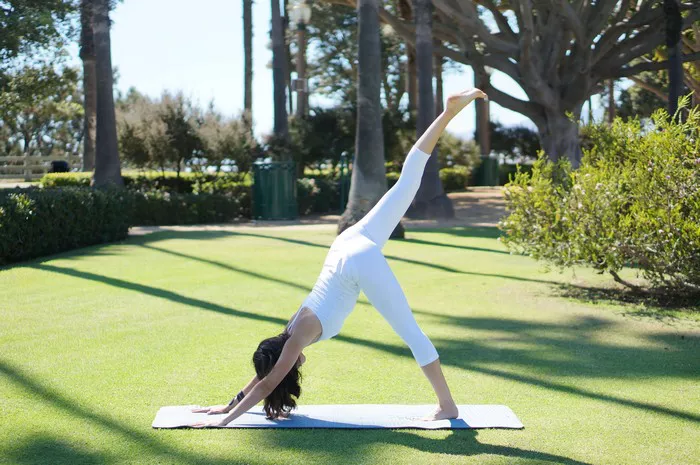Attention-Deficit/Hyperactivity Disorder (ADHD) is a neurodevelopmental disorder that affects millions of individuals worldwide, particularly children. Characterized by symptoms such as inattention, hyperactivity, and impulsivity, ADHD can significantly interfere with learning, behavior, and overall quality of life. Conventional treatments often include a combination of medication, therapy, and behavioral interventions. However, as awareness of the condition grows, there is a growing interest in alternative support tools, such as yoga balls (also known as exercise or stability balls), to enhance focus and reduce symptoms in both educational and home environments.
What Are Yoga Balls and How Are They Used?
Yoga balls are large, inflatable spheres commonly used in fitness and physical therapy settings. They promote active sitting by requiring core muscle engagement to maintain balance. This constant micro-movement can be particularly beneficial for individuals with ADHD, who often struggle to remain still for extended periods. In classrooms and homes, yoga balls are increasingly being used as a replacement for traditional chairs to encourage movement and engagement.
Common Uses of Yoga Balls:
- Active Seating: Used as a chair alternative to promote posture and movement.
- Therapeutic Exercises: In occupational therapy for improving balance and motor skills.
- Sensory Input: Provides gentle motion that may help regulate sensory processing challenges.
The Science Behind Movement and Attention in ADHD
Scientific studies suggest a strong link between physical activity and improved cognitive function, especially in individuals with ADHD. Movement increases blood flow to the brain, which can enhance alertness and mood. For children with ADHD, who often seek out sensory stimulation, the gentle bouncing and shifting involved in using a yoga ball can fulfill their need for movement without causing disruption.
According to research from the Journal of Attention Disorders, students who used stability balls in the classroom demonstrated improved attention and decreased levels of hyperactivity. These findings support the theory that active sitting can play a constructive role in behavioral management for ADHD.
Expert Opinions on the Use of Yoga Balls for ADHD
1. Pediatric Psychologists
Many pediatric psychologists advocate for the inclusion of physical movement in ADHD management plans. They argue that yoga balls offer a non-intrusive way to channel excess energy while keeping the child engaged in academic tasks.
2. Occupational Therapists
Occupational therapists highlight the benefits of yoga balls in improving core strength, balance, and coordination. These physical improvements often correlate with better self-regulation and reduced anxiety, which can be especially helpful for individuals with ADHD.
3. Educators
Teachers in inclusive classrooms report that children with ADHD often show better focus and fewer disruptive behaviors when allowed to use yoga balls instead of traditional chairs. Some also note improvements in handwriting and task completion rates.
Pros of Using Yoga Balls for ADHD
- Enhanced Focus: The micro-movements required to stay balanced may help maintain alertness.
- Improved Posture: Encourages upright sitting, which can reduce fatigue and support better breathing.
- Physical Outlet: Provides an acceptable method for releasing excess energy without leaving the workspace.
- Core Strength Development: Promotes muscle engagement, which contributes to overall physical health.
- Sensory Regulation: The tactile feedback and movement can help manage sensory needs.
Potential Drawbacks and Considerations
While yoga balls offer many benefits, they may not be suitable for every individual with ADHD. Some potential drawbacks include:
- Distraction: For some, the novelty of bouncing or rolling may become a distraction rather than a focus aid.
- Safety Concerns: Without proper supervision, there’s a risk of falling or misusing the ball.
- Classroom Management: In larger settings, it may be challenging for teachers to manage multiple students using yoga balls.
- Consistency: The effectiveness of yoga balls can vary based on individual preferences and needs.
Tips for Effective Implementation
To maximize the benefits of yoga balls for individuals with ADHD, consider the following strategies:
- Introduce Gradually: Start with short sessions to help the user acclimate to the new seating arrangement.
- Set Clear Rules: Establish guidelines for appropriate use to minimize distractions and enhance safety.
- Monitor Progress: Regularly assess the impact on behavior, attention, and academic performance.
- Use in Combination: Pair yoga ball use with other evidence-based ADHD strategies for a comprehensive approach.
- Customize to Needs: Consider size, inflation level, and the individual’s physical requirements.
Case Studies and Real-World Applications
Case Study 1: Elementary Classroom Integration
A third-grade teacher introduced yoga balls for a small group of students diagnosed with ADHD. Over the course of three months, she reported notable improvements in attention span and a reduction in behavioral interruptions. Students expressed feeling more comfortable and alert during lessons.
Case Study 2: Home Use for a Teen with ADHD
A 14-year-old boy with ADHD used a yoga ball while completing homework and online classes. His parents observed that he was able to remain seated for longer periods without frequent breaks. His grades and overall engagement with schoolwork improved during the trial period.
Case Study 3: Occupational Therapy Clinic
An occupational therapist incorporated yoga balls into therapy sessions with children diagnosed with ADHD and sensory processing issues. The children showed enhanced coordination and were more receptive to therapy activities that required sustained attention.
Comparison with Other Alternative Seating Options
Yoga balls are just one of several alternative seating options. Other tools include wobble stools, standing desks, and cushion seats. Compared to these, yoga balls are:
- More Dynamic: Provide a greater range of motion and sensory input.
- Cost-Effective: Generally more affordable than standing desks or specialized stools.
- Versatile: Can be used for exercises and seating.
However, wobble stools may offer more controlled movement, which could be better suited for some environments. The choice should be based on individual assessments.
Guidelines for Schools and Parents
For Schools:
- Conduct assessments to determine which students may benefit from alternative seating.
- Provide training for teachers on how to integrate yoga balls effectively.
- Create a feedback loop involving educators, parents, and students.
For Parents:
- Consult with your child’s healthcare providers before introducing new interventions.
- Observe and document behavioral changes to share with therapists or educators.
- Ensure the home environment supports safe and appropriate use.
Conclusion
Yoga balls are not a one-size-fits-all solution, but they represent a valuable tool in the broader toolkit for managing ADHD symptoms. They can provide physical, sensory, and cognitive benefits that support attention and behavior in both academic and home settings. However, their success depends on proper implementation, supervision, and individual responsiveness. When used thoughtfully, yoga balls can contribute positively to the daily lives of individuals with ADHD.
For those exploring non-medication-based interventions or looking to enhance current ADHD strategies, yoga balls offer a low-cost, low-risk, and high-potential option worth considering.
Related Topics:

